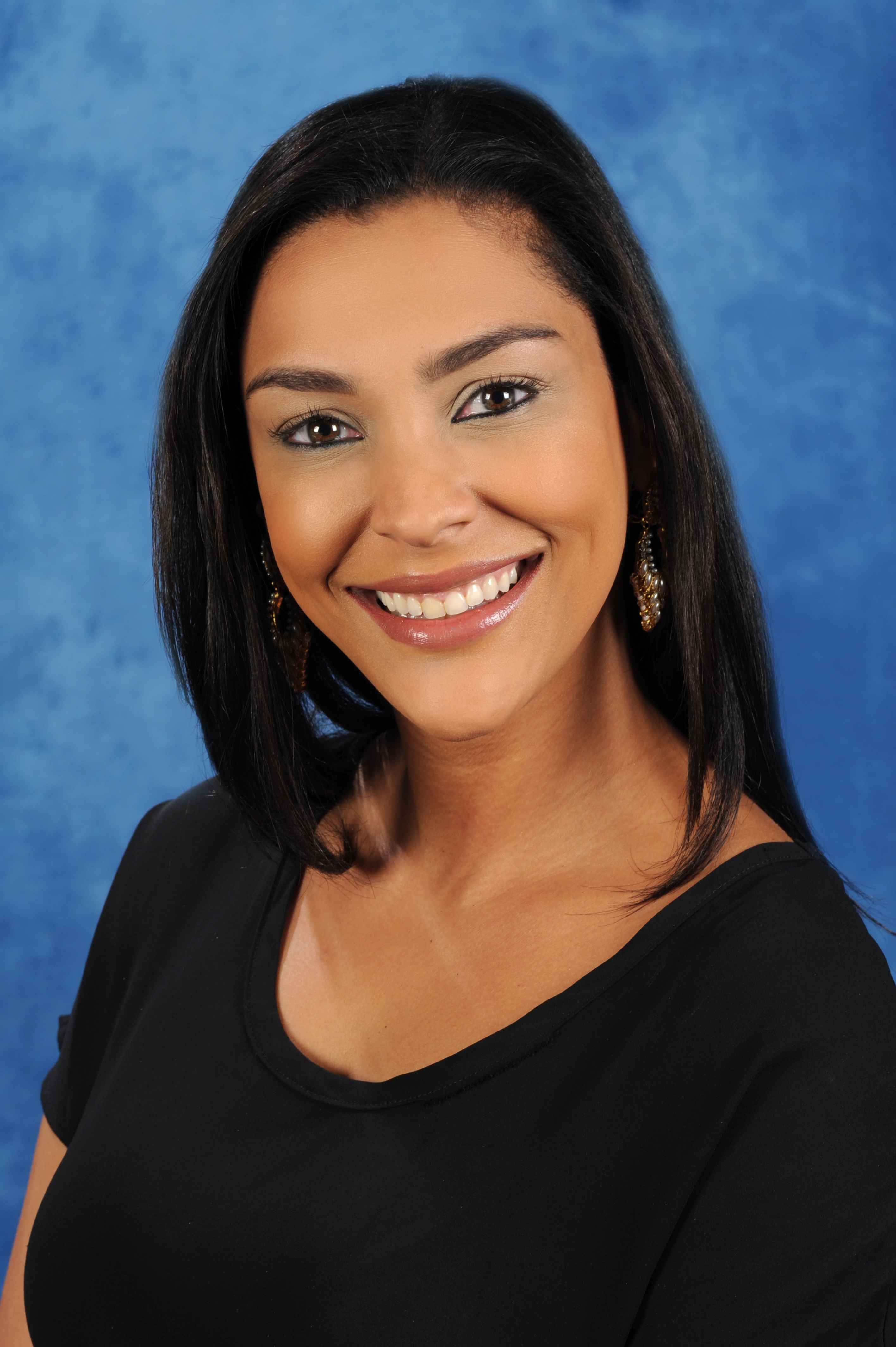 Christina Llanez, MSN, RN, NPD-BC, CNML
Christina Llanez, MSN, RN, NPD-BC, CNML
Nicklaus Children's Hospital
Christina Llanez, MSN, RN, NPD-BC, CNML, is a dynamic nurse leader with over 9 years of nursing leadership experience. She is currently the Director of Nursing Professional Development at Nicklaus Children’s Hospital. In this position, she has direct oversight for the Clinical Specialist/Education Team, the Horizon Nurse Residency Program, and the Student Nurse Intern Program, as well as, the Nursing Leadership Development Program and the Professional Development Ladder. Prior to her current role, Christina served as the Nursing Excellence Manager. In 2017 and 2019, Christina was recognized as the Transformational Leader of the Year. She has drove the implementation of innovative insitu medical mock codes and behavioral mock codes through simulation technology. Christina has been pivotal in developing pipeline programs through active participation in academic partnerships.
She successfully led the organization’s initial American Nurses Credentialing Center (ANCC) Practice Transition Program (PTAP) accreditation with distinction in 2017, making Nicklaus the second hospital in the nation to receive this recognition. She led the achievement of the organization’s 2nd and 3rd ANCC PTAP reaccreditation with distinction. In 2023, Christina successfully co-led the organization’s 5th ANCC Magnet re-designation, making Nicklaus Children’s Hospital, one of only five children’s hospitals to achieve this milestone.
What did it mean to you to be awarded the Program Director of the Year?
Being the recipient of the 2025 ANCC PTAP Program Director of the year is a tremendous honor that I feel fortunate to have received. This award reflects the collective efforts of an incredible team at Nicklaus Children's Hospital who have supported the Horizon Nurse Residency Program and are committed to continuous improvement and excellence in nurturing the next generation of nurses.
What do you feel are key elements to being a successful program director?
A few key elements to being a successful program director include collaboration with key stakeholders to establish a vision for the nurse residency program, advocacy and support for nurse resident development and growth, and obtaining stakeholder buy-in. As a program director it is important to continue to integrate evidence-based practice to support nurse resident development as well as apply feedback and out of the box thinking to continue to advance the program and its impact on nursing practice and patient care outcomes.
What words of encouragement do you have for current program directors?
As program directors, the work that we do matters. Keep striving, keep improving, and keep championing excellence in nurse transition to practice programs!
.